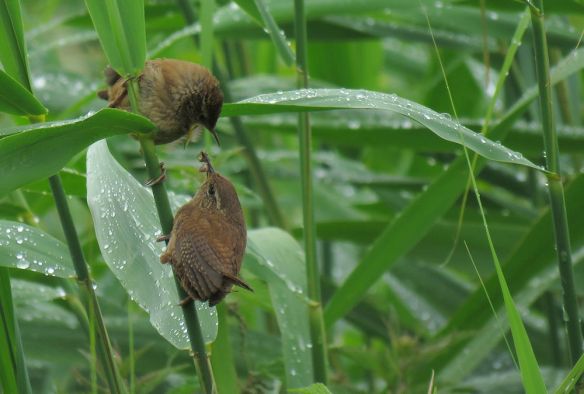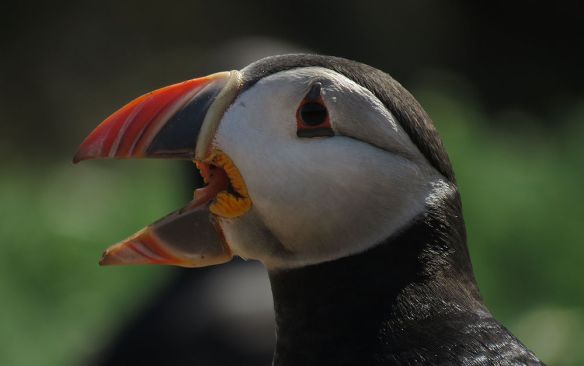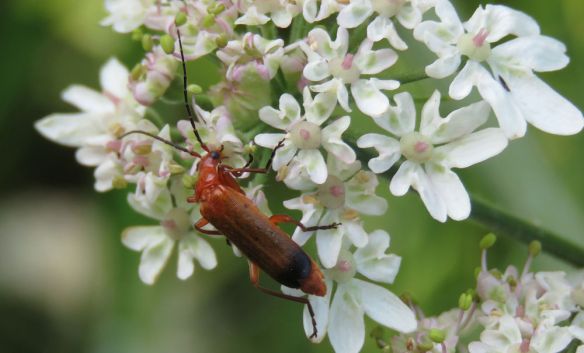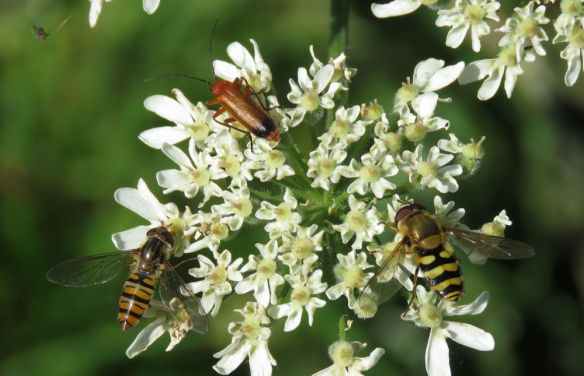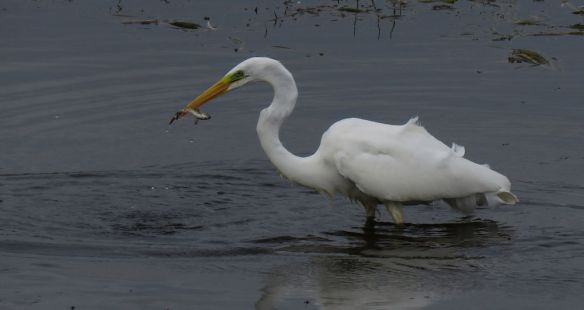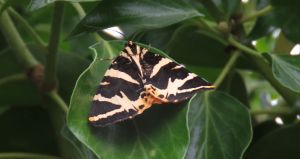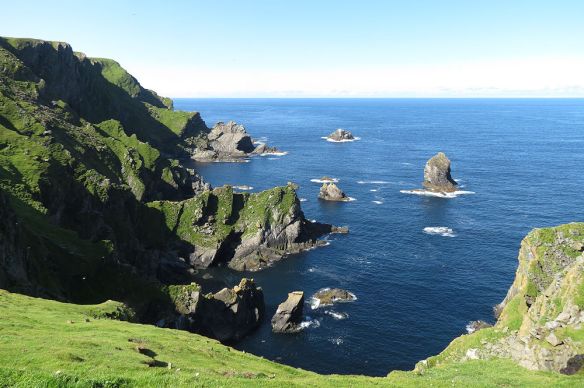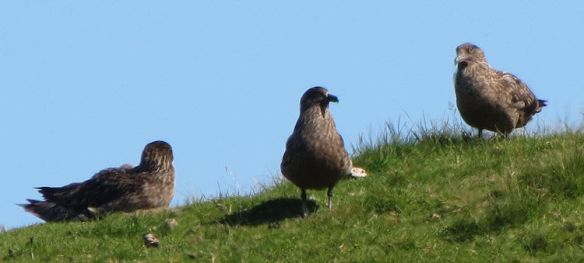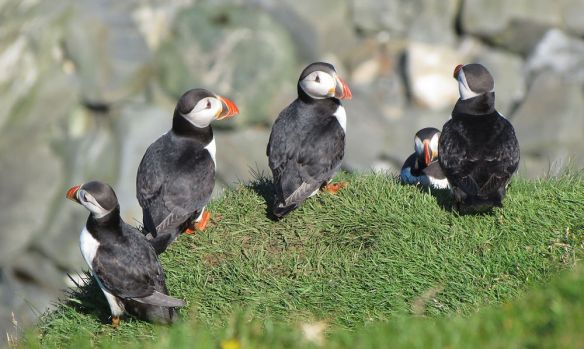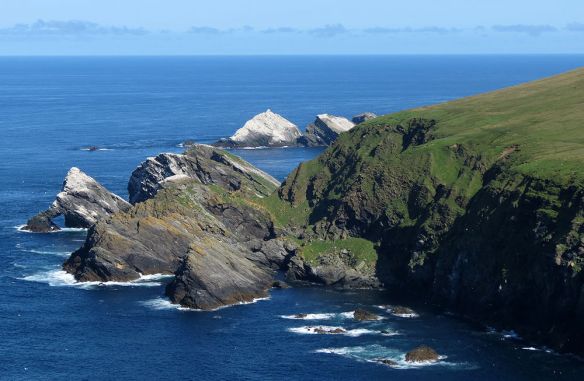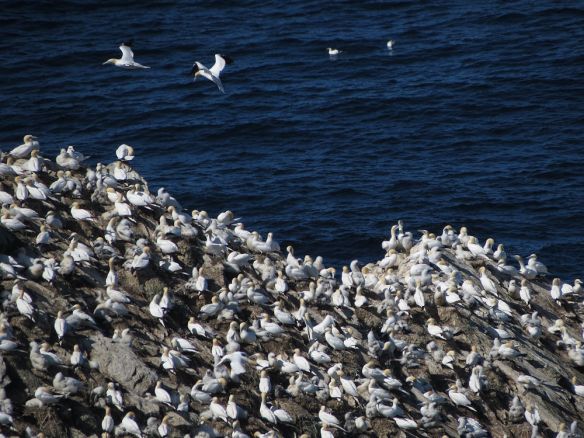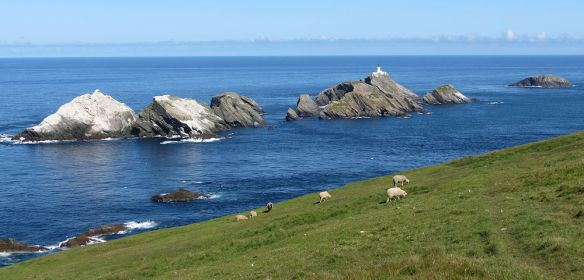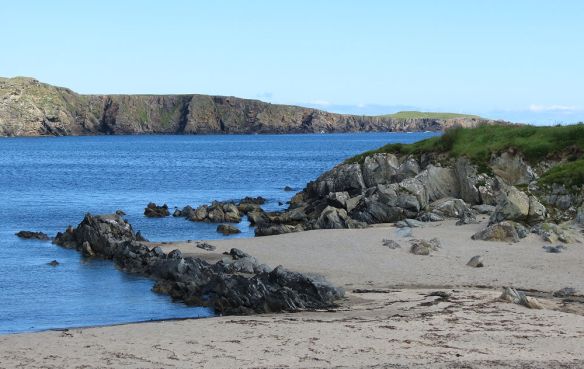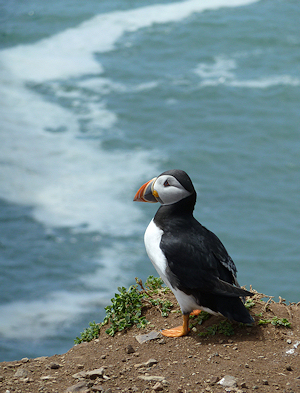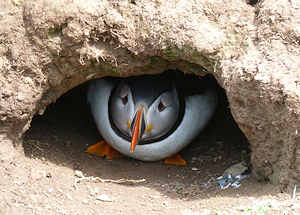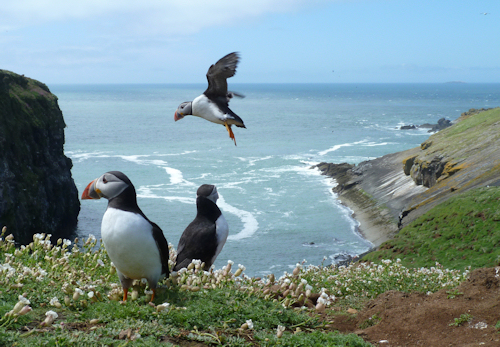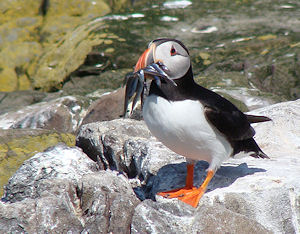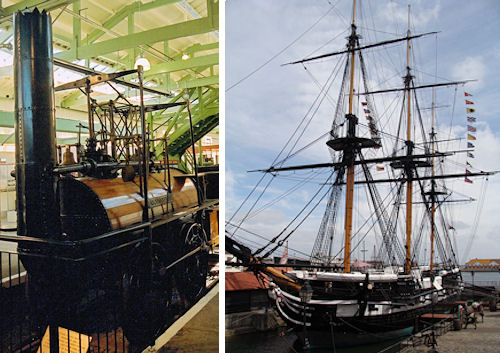Despite a lack of time, the last couple of months have been quite eventful for wildlife watching: sometimes when I wasn’t even trying to look for wildlife, including once when I was asleep…
A couple of months ago we went on a walk along the River Yeo near Limington, east of Yeovil. The walk itself was mildly interesting but not quite as impressive as it had looked on the map. As we got back to the car I noticed some red valerian by the roadside. Nothing unusual in that, except that this time they were adorned by a couple of hummingbird hawk-moths. There were several others nearby. I’d only seen one once before (briefly, in the garden about three years ago) and had been hoping to see another – seeing several at once was an unexpected treat. My first attempts to photograph them involved chasing them round the plants, which only led to frustration, but I found that with a bit of anticipation I could wait for them to come into view – with much better results! This is one of a number of day-flying moths that are spreading north because of global warming.
I normally go to Ham Wall to see the rarer species. As it happens, on a trip in mid-June my best photos were of a much more common species that I have struggled to photograph well. This wren had an all-consuming task to accomplish – hence also the hungry juvenile!
I also took a few whitethroat photos which I was rather pleased with – but they were trumped by ones I took a couple of weeks later!
We went to Skomer at the end of June while we were staying in Fishguard. We had a roughly three hour wait between purchasing our tickets and getting on the boat, so after a late breakfast in the car park we ventured a short way along the Pembrokeshire Coast Path above Martin’s Haven. We hadn’t gone far when a whitethroat landed on a prominent perch nearby.
Skomer itself is a wonderful place – and an exceptional location for seeing and photographing puffins. I’d been a bit worried on my previous trip (about five years ago) that the number of puffins nesting there had dropped quite sharply – as they were only located at the east end of The Wick, a narrow inlet on the west side of the island.However, this time they were more widespread, being more widely distributed on the south side of The Wick, and also nesting further north on the island’s west coast. I think my previous trip was better photographically – but there are a few that I took that I was pleased with.
A couple of days later we explored the peninsula beyond St David’s, which becomes open moorland soon after leaving the car park at Whitesands Bay. There were a few wheatears flitting around, which I missed photographing well the first time; but later, when Jen was feeding Joshua, I went back and was lucky with a male wheatear, which obligingly landed on a prominent rock.
Later in the week we explored the coast north of Newport. Usually when I photograph a bird, it flies away: but here there was a stonechat that did the opposite, coming gradually closer as I waited.
Up until last Easter I hadn’t even heard of soldier beetles, and only became aware of them when one landed on Jen’s hand. Towards the end of last month I wandered round Waltons Heath at Ham Wall – and discovered that virtually every cow parsley plant was hosting many soldier beetles! These are the common red soldier beetle, apparently known colloqially as the Hogweed Bonking Beetle (which you wouldn’t expect a vicar to explain, would you?!)
Earlier that morning, I had stopped at the old railway bridge crossing the channel west of Waltons Heath. The sun was in just the right position to reveal the fish in the water, and I was astonished at just how many there were. It’s not a great photo but does demonstrate their abundance. It’s therefore hardly surprising that the area is so good for herons and related species!
Talking of which, when we visited the Avalon Hide last Saturday, a Great White Egret lurking close to the hide caught a fish in full view of everyone there – providing several people with a great photo opportunity!
Another day-flying moth which is spreading north due to global warming is the Jersey Tiger Moth. There have been a couple in the Vicarage garden. I’ve not seen one settle with its wings open – much the most photogenic pose – but it’s quite impressive even with wings closed.

The bat in the bedroom – probably a serotine. I’d like to say that the powdery white stuff is snow, but that doesn’t really work for early August… Perhaps we should look at the top of the wardrobe more often?
One night last week there was an odd flapping sound in the bedroom, and Jen told me that there was a bat flying around. I turned over and went back to sleep. An hour later I woke up and said to Jen, “there really is a bat flying around!”. We tried looking for it, and only discovered it when Jen heard it move on the top of her wardrobe. I was eager to photograph but not to provoke into panicked flight around the room, so I avoided using flash. My best attempt is the image here. It was clearly a large bat (not one of the diminutive pipistrelles) but the photo isn’t really good enough to say more than that. However, over the following couple of days I noticed one or two large bats flying around the front garden and surrounding area, so I got the bat detector out while our friends Jack and Alison were here. We saw several of the larger bats (or maybe a couple of them several times!), and the sound coming from the bat detector was uniequivocally that of a serotine bat. I assume therefore that that’s what we had in the bedroom.



